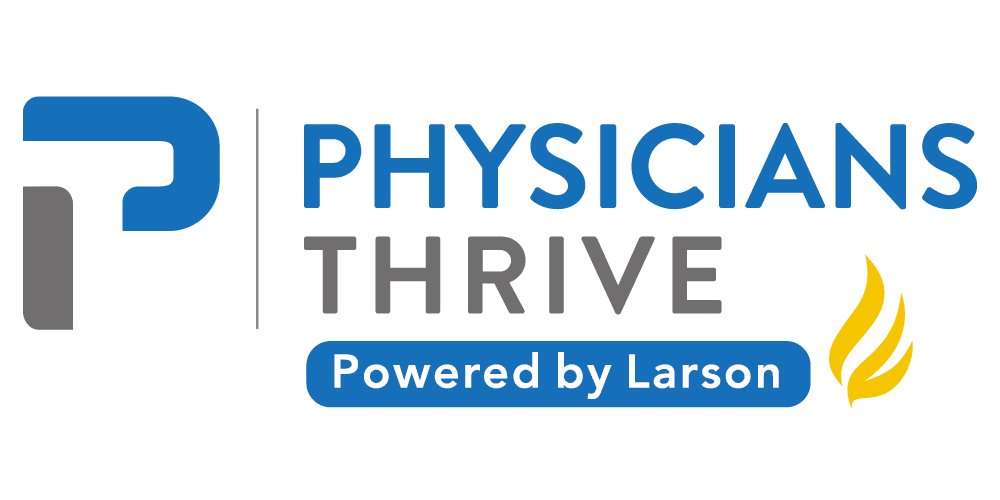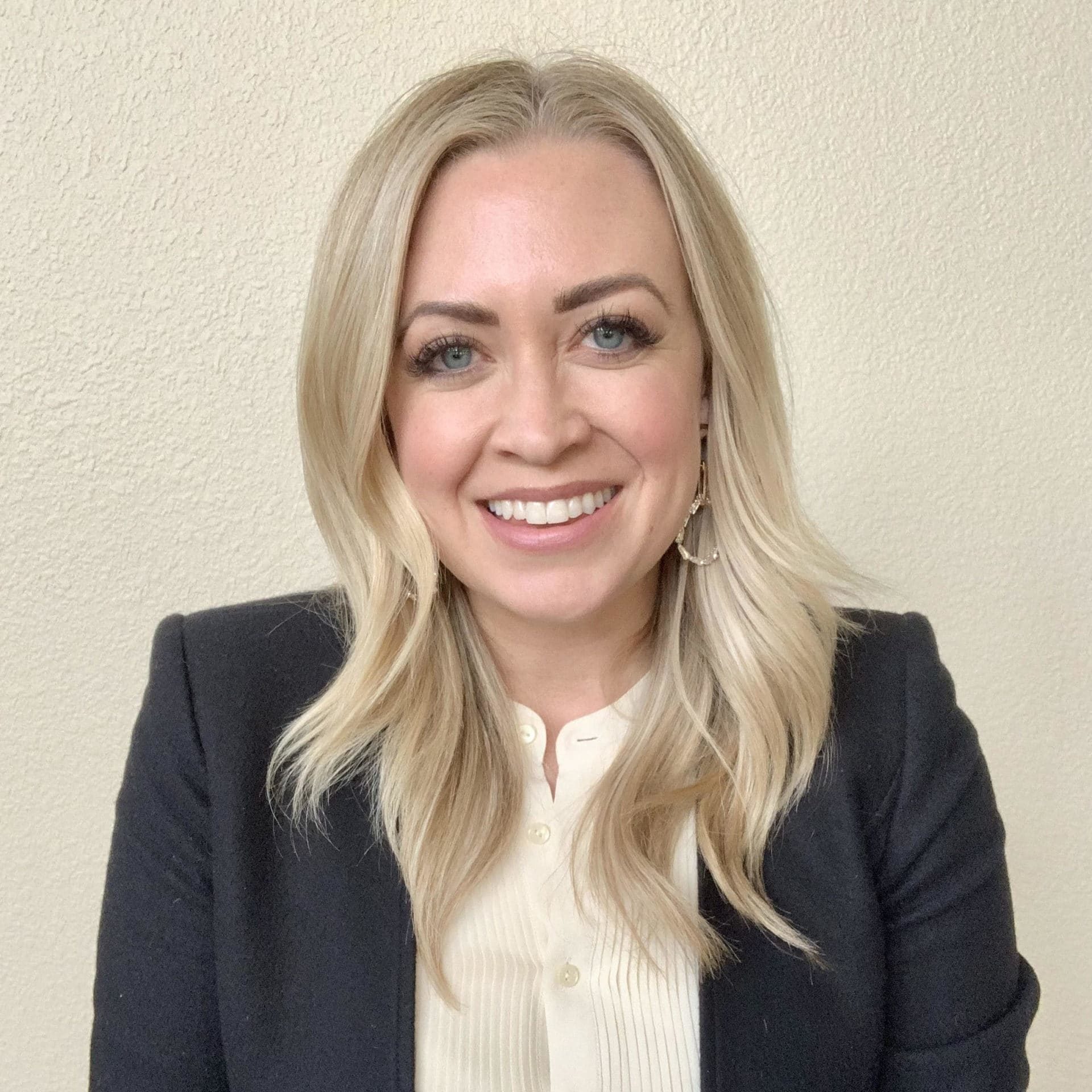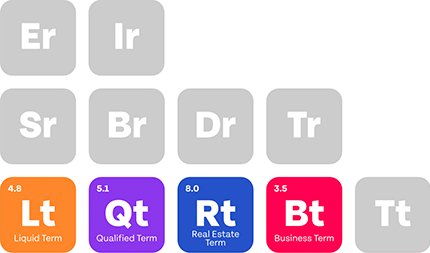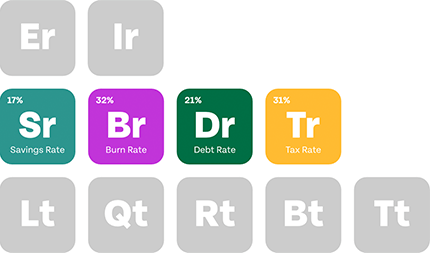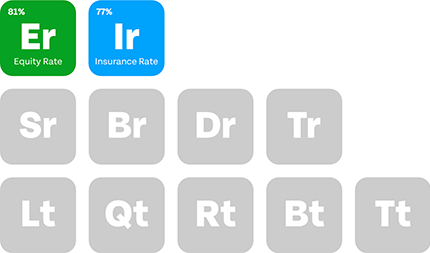The American Bar Association reports that over 25% of today’s 20-year-olds will become disabled before retiring.
Although nobody plans for life-altering incidents, the chance exists that it can happen to you.
That’s why understanding disability insurance for self employed professionals is so important. It ensures your income is protected even when the unexpected happens.
Running your medical practice as a self employed physician gives you flexibility and independence.
But it also means you don’t have the same safety nets as traditional employees, which makes disability insurance for self employed physicians a smart and necessary safeguard. If an injury or illness prevents you from working, you risk losing your income entirely.
That’s why understanding disability insurance for self employed professionals is critical to protect your income and business.
Employers often offer disability income insurance that protects their employees.
If you work for yourself, learning about disability insurance for self employed professionals is essential to protect your income if you cannot work because of illness or injury.
This guide breaks down how disability insurance works, how to choose the right plan for your needs, and the best options available for self employed workers.
Key Takeaways
- Disability insurance replaces lost income when illness prevents physicians working.
- Self employed doctors need individual disability coverage for financial protection.
- Short-term and long-term plans offer coverage based on disability duration.
- Policy costs depend on health, age, income, and coverage details.
Table of Contents
How Disability Insurance for Self Employed People Works
Disability insurance for self employed professionals provides financial protection by replacing a portion of your income if you become disabled and unable to perform your substantial and material duties. As stated earlier, employer plans often cover you if you work for an employer.
But for small business owners, sole proprietors, and independent medical professionals like yourself, you must purchase individual disability insurance plans to cover expenses in the face of disabilities.
So, here’s how it works:
You purchase a disability insurance policy and pay monthly premiums. (Premium is the amount you pay periodically to your insurance company.)
When you experience a qualifying disability: If an injury or illness prevents you from performing your work duties, you file a claim with your insurance company.
-
The insurance company reviews your claim : The company reviews your claim, medical records, and income verification to determine your eligibility.
You go through the waiting period: Also known as the elimination period, the waiting period is between when you file your claim and receive the disability benefits, if eligible. This waiting period helps prevent claims for minor, short-term illnesses or injuries.
You receive benefits for the specified benefit period: If they approve your claim, you receive benefit payments, often a portion of your previous earnings. The payments are usually tax-free to prevent reducing your income even further. Plus, your insurer may offer other forms of health support to aid your recovery. This continues until you reach the end of your benefit period or recover.
Options for Disability Insurance for Self Employed Professionals
Self employed individuals have a few options for disability insurance for self employed professionals, including:
Personal Disability Income Insurance
Personal disability insurance covers your income if you experience a qualifying disability but not your business expenses.
A key requirement for this disability insurance option is income verification. You’ll need to prove your practice generates income. If you’re running a new business or can’t provide sufficient proof of income, it may be challenging to secure coverage. But don’t fret, it’s not impossible.
One thing you can do before launching your business is purchase a personal insurance policy while still employed. Many employees do this for extra coverage in addition to their employer plans.
Disability Overhead Insurance
Now, there’s no need for your business to suffer because you have a disability. There’s another insurance policy to keep your business afloat.
Also known as Business Overhead Expense Insurance, it is designed to cover expenses, like rent, utilities, and employee salaries, to keep the business running if the owner becomes disabled. The premiums are tax-deductible, but you must have no more than 10 professionals to qualify.
Short- and Long-Term Disability Insurance
The major difference between both is the benefit period—the period you’ll receive disability benefits.
-
Short-Term Disability Insurance: Short-term disability insurance provides benefits for a limited period, usually for a few weeks to six months. It’s ideal for temporary health issues that prevent you from working but don’t result in permanent disability. Sometimes, short-term disability insurance offers benefits until the long-term coverage starts. They typically have shorter waiting periods, between 7 and 30 days.
-
Long-Term Disability Insurance: If the illness continues or results in permanent disability, the long-term disability benefits kick in after the short-term coverage. It has a longer elimination period (typically 90 days or more), hence the need for short-term disability benefits. Long-term disability insurance can cover you for years or until retirement age.
Group Disability Insurance
As an employer, the group disability insurance protects your employees if they get an illness or injury that prevents them from working. As an employer, you’re responsible for providing this coverage to ensure your employees have financial protection if they become disabled.
Social Security Disability Insurance (SSDI)
If you consistently pay social security taxes for years, you may qualify for SSDI. Self employed physicians can earn Social Security credits just like employees do, qualifying you for benefits if you meet the eligibility requirements.
If you haven’t earned enough credits before your disability, you can apply for Supplemental Security Income (SSI). SSI is a financial assistance aid for the disabled and elderly with low income and little to no resources.
Cost of Disability Insurance for Self Employed Professionals
The cost of disability insurance for self employed professionals varies based on factors, including physical health, your desired benefit amount, the benefit period, age, profession, and the type of coverage you want.
Disability insurance policies with a longer benefit period and larger benefit amount typically cost more. An existing health condition and older age may increase the disability insurance cost.
What Does Disability Insurance for Self Employed Professionals Cover?
Disability insurance coverage varies by policy. Generally, most plans provide benefits for chronic conditions and injuries that impact your ability to work.
Common claims often involve:
- Cancer
- Musculoskeletal injuries
- Mental health conditions, including anxiety and depression
- Nervous system disorder
Other conditions that may be covered include:
- Respiratory conditions (asthma, severe lung diseases, etc.)
- Autoimmune disorders (rheumatoid arthritis, lupus, etc.)
- Neurological disorders (Parkinson’s disease, epilepsy, etc.)
- Diabetes
- Cardiovascular disorders
- Vision and hearing impairments
The specific coverage depends on the insurance policy.
Choosing the Right Disability Insurance Plan for Self Employed Professionals
When choosing disability insurance for self employed physicians, start by evaluating your needs. Key aspects to consider are:
1. Your practice expenses: Consider expenses like staff salaries, utilities, and rent. This will help you understand your overhead expenses and determine the right policy to meet your needs.
2. Your monthly income and personal expenses: How much do you currently earn? How much do you spend on everyday expenses? How much do you need to live fairly comfortably if you get a disability? These are important considerations when choosing a disability insurance plan.
3. Your health: If you have existing medical conditions, you may need a disability insurance plan with wide coverage.
Next, research different insurance policies and compare your options. Ensure you get customer reviews, their quotes, coverage details (benefit amount, waiting period, benefit period, and other add-ons), and the policy’s terms and conditions. Always read the fine print. Ask questions like,
- Does the insurer cover my profession?
- How much coverage do they offer?
- Do they have reliable customer service or trained professionals that can offer comprehensive support?
When you have this information, compare the terms with your needs and choose the best option.
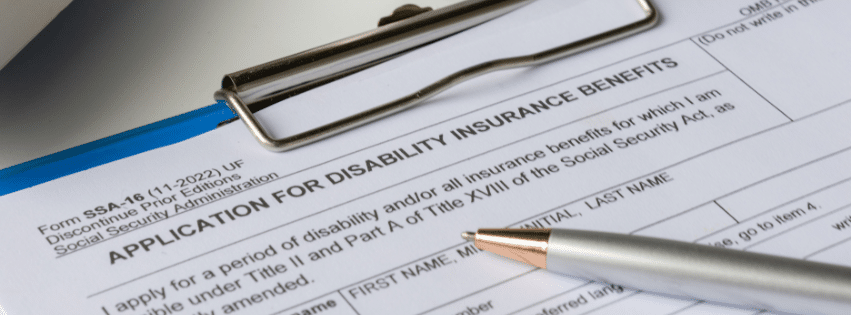
4 Best Providers for Disability Insurance for Self Employed People
To save you the stress of doing extensive research, see the 4 providers when shopping for disability insurance for self employed individuals:
MassMutual
MassMutual can cover you past retirement age, provide up to 80% of your income, and has customizable policies to suit the unique needs of self employed people.
Ameritas
Although Ameritas only covers 66% of your income, it offers more flexible plans and add-ons (riders), making it a reliable choice for people who need more customization.
Thrivent
Thrivent is the most affordable provider on this list for disability insurance for self employed people. It covers up to 70% of your income. On the flip side, membership is only open to Christians or their families.
State Farm
Another affordable option is State Farm. If you don’t qualify for Thrivent, State Farm offers another budget-friendly option worth considering. Plus, like MassMutual, it covers up to 80% of your income. The only drawback is the maximum monthly benefit of $20,000, which may be a limitation for high-income physicians.
Final Thoughts
As a self employed physician, your ability to work is your greatest financial asset. When you can’t work due to a disability, you need systems in place to ensure you live well and your business runs smoothly without you. This is why it is essential to secure disability insurance for self employed physicians.
It’s best practice to consult a financial advisor to help choose the right policy based on your needs and financial circumstances. Fortunately, you don’t have to look far because we specialize in providing personalized financial advice to physicians. Contact us now to get started, or request your free quotes quickly through our website.
What is disability insurance for self employed physicians?
Disability insurance for self employed physicians is a personal policy that replaces a portion of your income if illness or injury prevents you from working.
Why do self employed physicians need disability insurance?
Without employer-provided benefits, self employed physicians rely entirely on their own income. Disability insurance ensures financial protection during recovery.
How much does disability insurance for self employed physicians cost?
The cost depends on factors such as age, income, health, coverage amount, and benefit period. On average, premiums range from 1% to 3% of your annual income.
What does disability insurance for self employed professionals cover?
Most policies cover income loss from illnesses or injuries that limit your ability to perform your professional duties, including conditions like cancer, back injuries, or neurological disorders.
What’s the difference between short-term and long-term disability insurance?
Short-term coverage replaces income for a few months, while long-term disability insurance provides benefits for years or until retirement if you can’t return to work.
Can I deduct disability insurance premiums as a business expense?
Generally, personal disability insurance premiums are not tax-deductible, but the benefits are typically tax-free. Business overhead expense policies, however, may be deductible.
When should a physician buy disability insurance?
The best time is early in your career when you’re healthy and premiums are lower. Coverage can then grow with your income as your practice expands.
How do I choose the right disability insurance policy?
Compare insurers, check definitions of disability, elimination periods, and benefit lengths. Work with an advisor familiar with disability insurance for self employed physicians to customize coverage.

